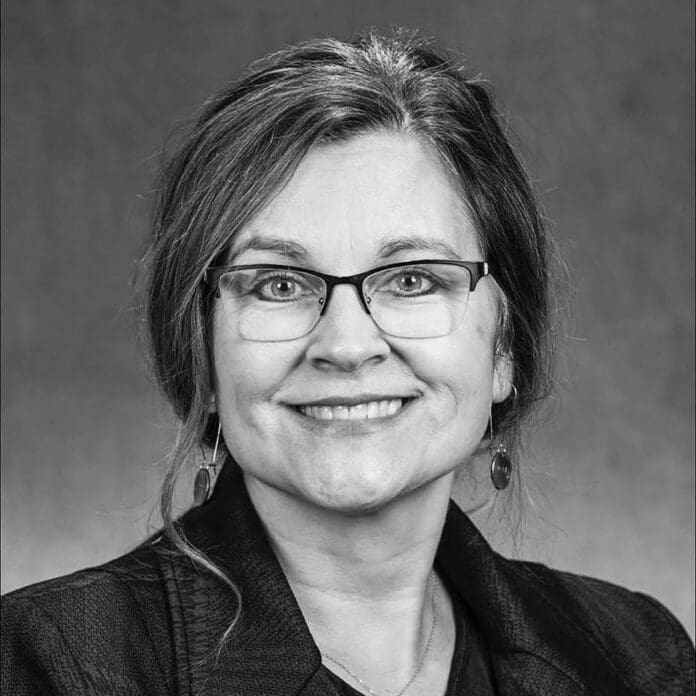Dear Northlanders,
When I began my legislative session in 2023, I was acutely aware of the challenges facing Minnesota’s nursing homes. With 30 years of experience as a licensed nursing home administrator, including working through the pandemic, I had firsthand knowledge of the financial and operational difficulties these facilities face.
During the pandemic, Minnesota nursing homes followed the rules set by the Minnesota Department of Health regarding employees who tested positive for COVID-19. Initially, staff had to be off the schedule for 14 days before returning to work. Over time, this was reduced to 10 days, then 7, then 5, and eventually, staff were allowed to work if they were asymptomatic, even if they were COVID-positive.
Nursing homes operate 24/7, 365 days a year. When staff were sidelined by COVID-19, there were no backup teams to fill in. Providers resorted to hiring agency staff at wages 2-3 times higher than regular staff, yet still struggled to meet staffing needs. All care facilities—nursing homes, assisted living, disability group homes, and hospitals—were stretched thin, with many employees working 16+ hour days and even sleeping at the facility to cover shifts. I witnessed this first hand, as I slept at the facility for days too, working side by side with the team.
The National Guard was deployed to a few facilities, but with 300 nursing homes and 1,700 assisted living facilities across the state, their help was limited. Additionally, families and clergy were banned from visiting, leaving staff to fill both the emotional and physical care needs of residents under impossible conditions.
I was struck by the stark difference in how the pandemic was handled in education compared to our care facilities. While schools were given leeway in adjusting to pandemic-related challenges, nursing homes and assisted living facilities were held to pre-pandemic standards and fined a total of $4 million, contributing to more closures.
In response, I authored a bill ensuring that every resident has the right to a minimum of one support person during future pandemics. This bill became effective on July 1, 2024.
Nursing homes in Minnesota are on a cost-based reimbursement model, but the process is delayed by 18 months. This means providers are reimbursed based on outdated financials, with no consideration for inflation or rising costs in utilities, insurance, food, and labor. The state recognized inflation’s impact on education funding but failed to do so for nursing home care.
Throughout the 2023 session, I spoke in committee meetings and on the House floor about these issues. Despite a nearly $18 billion surplus, Democrats repeatedly voted no for any increased funding for nursing homes. However, after persistent advocacy, including calls from family members and caregivers, a $300 million funding package was approved on the final day of the session. Republicans never gave up, and finally after many no votes from Democrats, a bipartisan agreement was reached.
I was proud to author House File 3342, which provided this critical support to nursing homes, including $404,096 for Two Harbors Nursing Home Waterview Shores in my district, where I served as the nursing home administrator from 1997-2001 when it was called Sunrise Home. In addition, Grand Marais Nursing Home received an additional $375,603. Imagine what would happen to communities if either of these providers did not exist.
As the only legislator with direct experience in 24-hour nursing home operations, I am proud to be a voice for residents, families, and healthcare workers. We still have much work to do, but I am committed to long-term solutions as a member of the Aging Task Force on a bipartisan committee. As your State Representative, I will always seek solutions that consider short- and long-term ramifications with all proposed legislation. Our region has one of the fastest growing aging populations in the state, and these aging seniors and their families deserve nothing less.
With appreciation for our healthcare workers,
Rep. Natalie Zeleznikar



